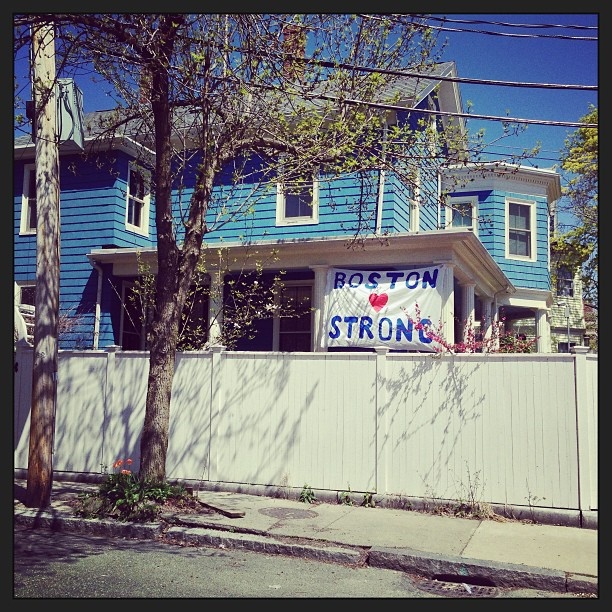This week is the anniversary of the Boston Marathon bombing and the gunfight and manhunt in Watertown that followed a few days later. When I remember this time 3 year ago, I think of the people at the finish line—those who were lost, others who survived the traumas, and the people who risked their lives to help strangers—and most importantly the resiliency shown by so many.
As a Watertown resident, I also think of my experience being on “lock down” in my home. I live close enough to the location of the gunfight that my husband heard the sounds as they occurred. I was awakened by helicopters flying low over my house in the middle of the night.








